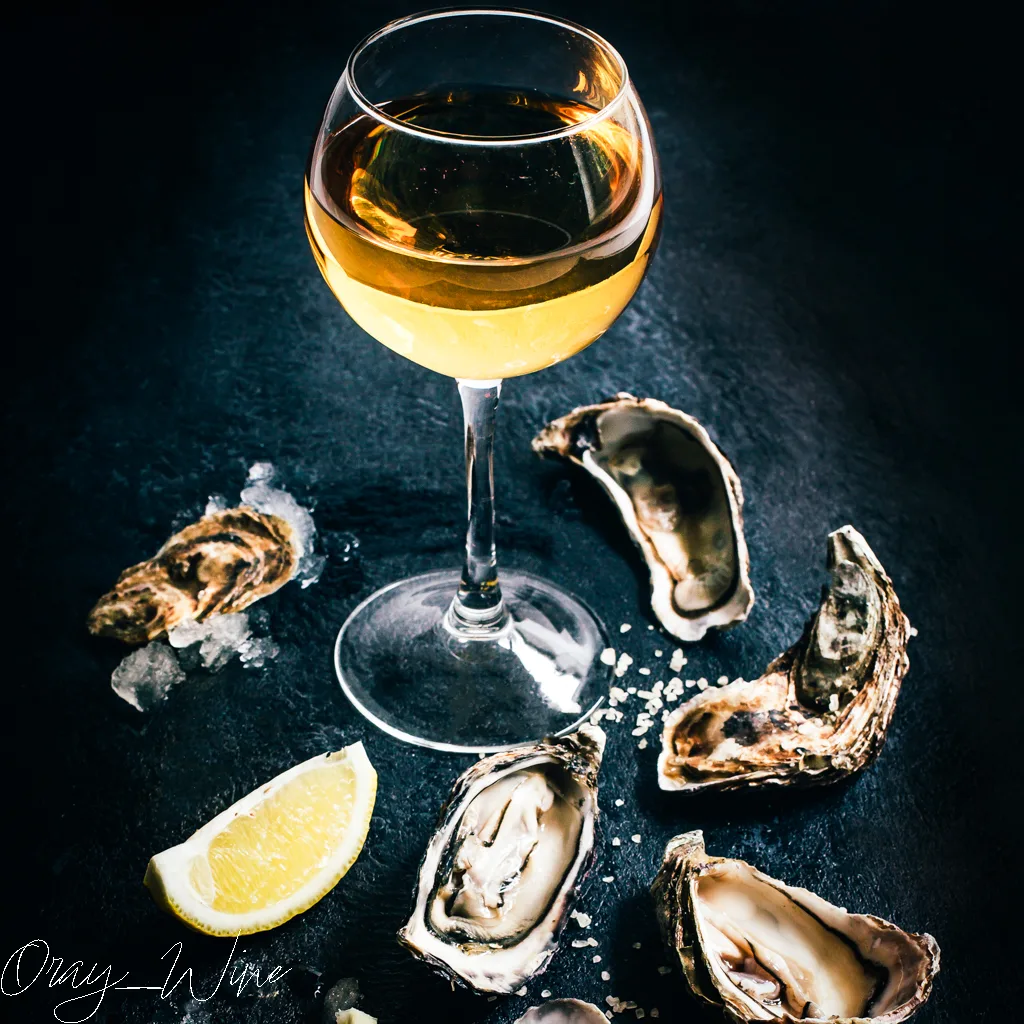
Acidity is a general term for the fresh, tart or sour taste produced by the natural organic acids present in a wine. It is generally considered that wines owe their attractive qualities to a proper balance between this acidic character and the sweet and bitter sensations of other components.
All wines have some level of acidity, which is typically perceived on the human palate by a prickling sensation on the sides of the tongue.
Acidity of the base grape juice
The acidity of the original grape juice has an important influence on wine quality. Firstly because of its direct influence on the colour of the finished wine. Secondly because of its impact on the flavour profile of the finished wine. Thirdly because it has a great impact on the growth of yeasts and bacteria (whether they are harmful or beneficial to the wine) during the winemaking process.
It should be mentioned that the acidity of the grape juice utilized in producing wine plays a vital role in wine aging. It is widely acknowledged that a high level of adidity is related to a wine’s ability to benefit from both barrel and bottle aging.
Grape juice acidity is highest just at the beginning of ripening, at which stage grapes have half as much concentration of acidity as lemons. This is the reason why it can be used to make Verjus (click here to learn more about Verjus).
How acidity is measured
Acidity is a key component in both grape juice and wine, and it is also easily quantifiable. It is measured differently in different countries. However, most of the acidity scale used are centered around the notion of ‘Total Acidity’, which is the sump of the fixed acids and the volatile acids.
Scientifically speaking, acidity is the extent to which a solution is acid, caused by protons (hydrogen ions or H+), which may be present in either free or bound forms. Another way of measuring acidity is to measure the concentration of hydrogen ions (H+) free in solution, using the logarithmic pH scale. Generally the higher the total acidity of a wine, the lower is its pH.

The effect of Acidity on the color of a wine
Because pH affects the ionization of anthocyanins, which in turn affects their color, acidity helps to preserve the color of red wines. The lower the pH, the redder (less blue) the colour is and the greater the colour stability. As pH value rise (in less acid wines) pigments become incresingly blue and the colour becomes less stable with pigments eventually assuming muddy grey forms.
Red wines from warmer regions and made without Acidification can have colours that are less red (often with brownish tinge) than those of colder regions which produce wines with higher acidity.
Higher pH values also cause the phenolics of white wines to darken and eventually polymerize as brown deposits.
Effects of excessive acidity
Excessive acidity can result either from excessive concentrations of natural plant acids in less-than-ripe grapes or, more rarely, from excessive acidification in the winery.
Too much acidity can make the wine sharp, taste tart, and make the wine unpleasant to drink.
Effects of a lack of acidity
A lack of acidity, on the other hand, can result in wines that appear too flat on the palate. In professional wine tastings, these wines are generally considered as flat and ‘flabby’.
A weak acidity is generally caused by:
- Picking grapes too late at harvest (sugar concentration increases while malic acid drops quickly)
- Excessive heat during ripening that result in natural acids present in the grape to be largely decomposed
Why acidity is beneficial to a wine
Acidity is important to a wine not only because they make the wine taste more refreshing but also because they prevent the growth of harmful bacteria and can keep it microbiologically stable.
Most bacteria (including those that are harmful to man) cannot survive in wines that have a minimum level of acidity. However, two groups of bacteria are an exeption to this rule: Acetobacter and Lactic Acid Bacteria.

Follow me on my Social Media
Wine is a gourmet treasure, do not abuse alcohol!
None of this content has been sponsored
I did not receive any gifts or free samples that could be related to this article